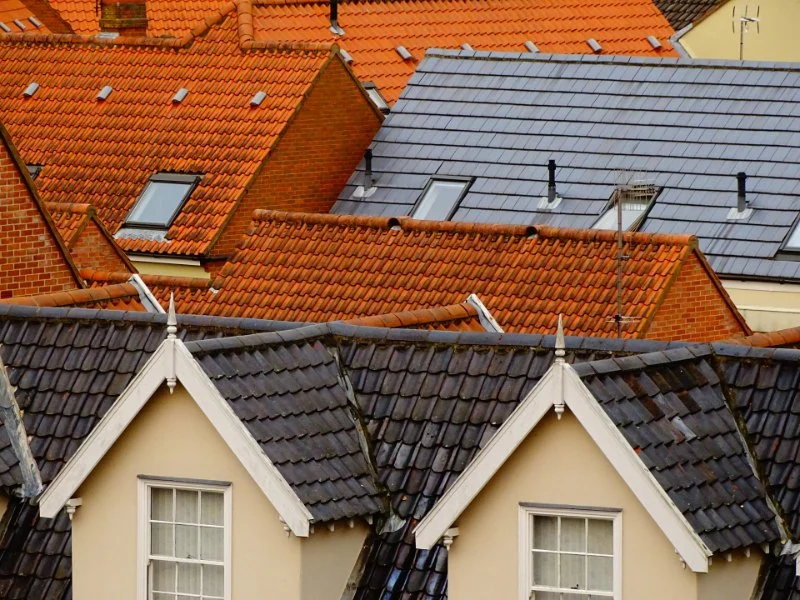
The Best Roofing Materials for a Home in an Area with Frequent Sandstorms
- 1- Understanding the Impact of Sandstorms on Roofing
- 2- Best Roofing Materials for Sandstorm-Prone Areas
- 3- Factors Affecting Material Durability in Sandstorm Conditions
- 4- How to Maintain Your Roof in Sandstorm Areas
1- Understanding the Impact of Sandstorms on Roofing
Sandstorms are powerful weather phenomena that can severely damage homes, particularly in areas prone to these events. The blowing sand and debris can wear down roofs over time, causing erosion, surface damage, and even penetration of roofing materials. For homeowners living in sandstorm-prone areas, it's crucial to choose roofing materials that can withstand these harsh conditions and provide long-lasting protection for the home.

All American Roofing & Remodeling
WilmingtonNew Castle CountyDelaware
4325 Kirkwood Hwy, Wilmington, DE 19808, USA
2- Best Roofing Materials for Sandstorm-Prone Areas
When choosing a roof for a home in an area with frequent sandstorms, durability and resilience are the most important factors to consider. Some of the best roofing materials for these conditions include:
- Metal Roofing: Metal roofs, especially those made from steel or aluminum, are highly durable and resistant to wind, hail, and sand. Their smooth surface prevents sand from accumulating and allows debris to slide off easily. This makes them one of the best options for homes in sandstorm areas.
- Clay or Concrete Tiles: Clay and concrete tiles are another excellent choice for regions with sandstorms. They are heavy and durable, making them resistant to wind and abrasive sand particles. However, it's important to ensure that the tiles are properly installed to prevent them from becoming loose during a storm.
- Asphalt Shingles: While asphalt shingles are a common and cost-effective choice, they may not be the most durable in sandstorm-prone areas. However, reinforced asphalt shingles can provide some protection against the abrasive effects of sand and wind.
- Modified Bitumen Roofing: Modified bitumen roofing consists of layers of bitumen that are reinforced with a fiberglass mat. This material is resistant to abrasion and can withstand sandstorms better than traditional shingles or other roofing materials.
3- Factors Affecting Material Durability in Sandstorm Conditions
While the right roofing material can help protect your home from sandstorms, it's important to understand the factors that affect how long your roof will last under these conditions:
- Roof Slope: A steeper roof slope can help prevent sand from accumulating and reduce the potential for damage. Flat roofs may trap debris and increase the risk of wear over time.
- Roof Maintenance: Regular maintenance is crucial for extending the life of your roof. Sand and debris can cause minor damage that, if left unchecked, could lead to more significant problems. Regular cleaning and inspections can help catch small issues before they become major concerns.
- Quality of Installation: Proper installation is key to ensuring your roofing material performs well in sandstorm conditions. A roof that is poorly installed can allow sand and debris to infiltrate, leading to accelerated wear and tear.
- Climate and Wind Resistance: The local climate and wind conditions will play a significant role in determining how well your roof stands up to sandstorms. Materials with higher wind resistance ratings are better equipped to handle the intense gusts that often accompany these storms.
4- How to Maintain Your Roof in Sandstorm Areas
Maintaining your roof is essential to ensuring its longevity and effectiveness in sandstorm-prone areas. Some tips for roof maintenance include:
- Regular Roof Inspections: Inspect your roof after each sandstorm to check for damage, such as loose shingles, tiles, or dents. Early detection of damage can prevent costly repairs later on.
- Clean Gutters and Downspouts: Sandstorms can fill gutters with debris, making it important to clean them regularly. Clogged gutters can lead to water damage, especially during the rainy season.
- Repair Minor Damages Promptly: Address any minor issues, such as small cracks or loose tiles, as soon as you notice them. These small repairs can prevent bigger problems down the road.
By choosing the right roofing materials and maintaining them properly, you can protect your home from the damaging effects of sandstorms. Whether you're building a new home or upgrading your current roof, consider investing in durable roofing materials that are well-suited to your region’s weather conditions.

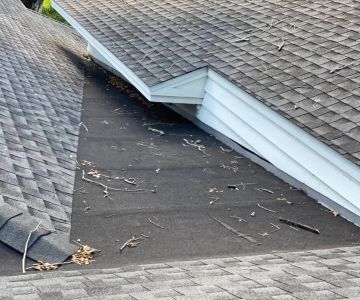
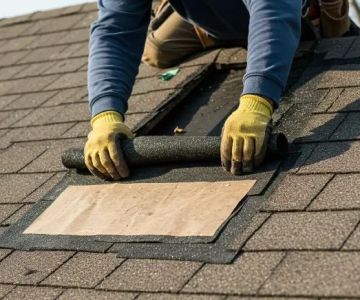
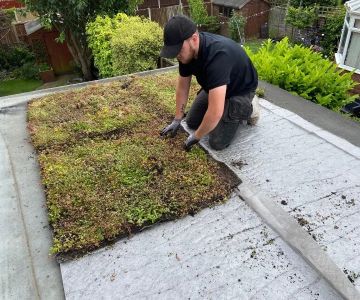
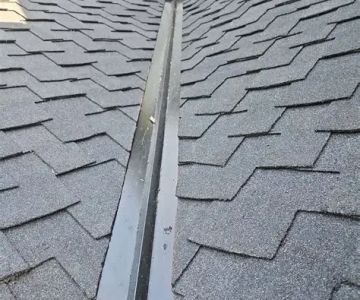
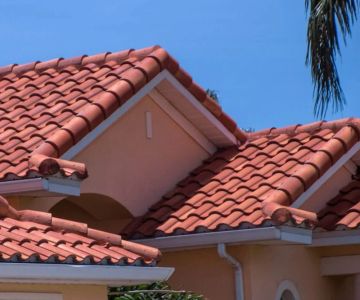
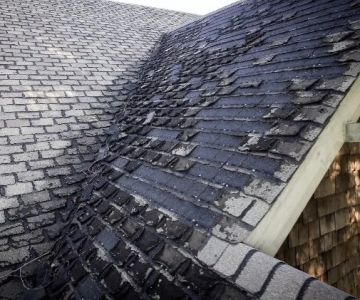
 Bravo Roofing5.0 (77 reviews)
Bravo Roofing5.0 (77 reviews) Erie Home4.0 (241 reviews)
Erie Home4.0 (241 reviews) Kelbie Home Improvement Inc - Baltimore Flat Roof Services4.0 (201 reviews)
Kelbie Home Improvement Inc - Baltimore Flat Roof Services4.0 (201 reviews) Stewart’s Slate Roofing LLC5.0 (29 reviews)
Stewart’s Slate Roofing LLC5.0 (29 reviews) NJ Leak Repair Roofing5.0 (13 reviews)
NJ Leak Repair Roofing5.0 (13 reviews) Cook's Roofing4.0 (79 reviews)
Cook's Roofing4.0 (79 reviews) Roofing Warranties Explained: Manufacturer vs. Workmanship Coverage
Roofing Warranties Explained: Manufacturer vs. Workmanship Coverage How to Install Roof Ice Melt Systems to Prevent Ice Dams
How to Install Roof Ice Melt Systems to Prevent Ice Dams How to Install a Roof Cricket Behind a Rooftop Stairwell Enclosure
How to Install a Roof Cricket Behind a Rooftop Stairwell Enclosure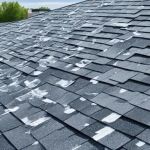 The Lifespan of a Roof in an Area with Frequent Hailstorms
The Lifespan of a Roof in an Area with Frequent Hailstorms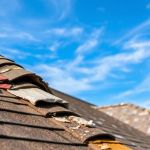 How to Identify and Repair Roof Damage from Soot and Industrial Fallout
How to Identify and Repair Roof Damage from Soot and Industrial Fallout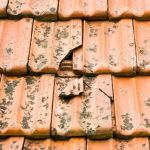 Tile Roof Repair: How to Handle Cracked and Broken Tiles
Tile Roof Repair: How to Handle Cracked and Broken Tiles